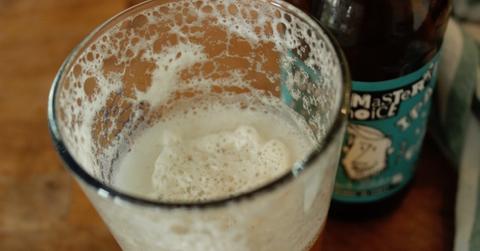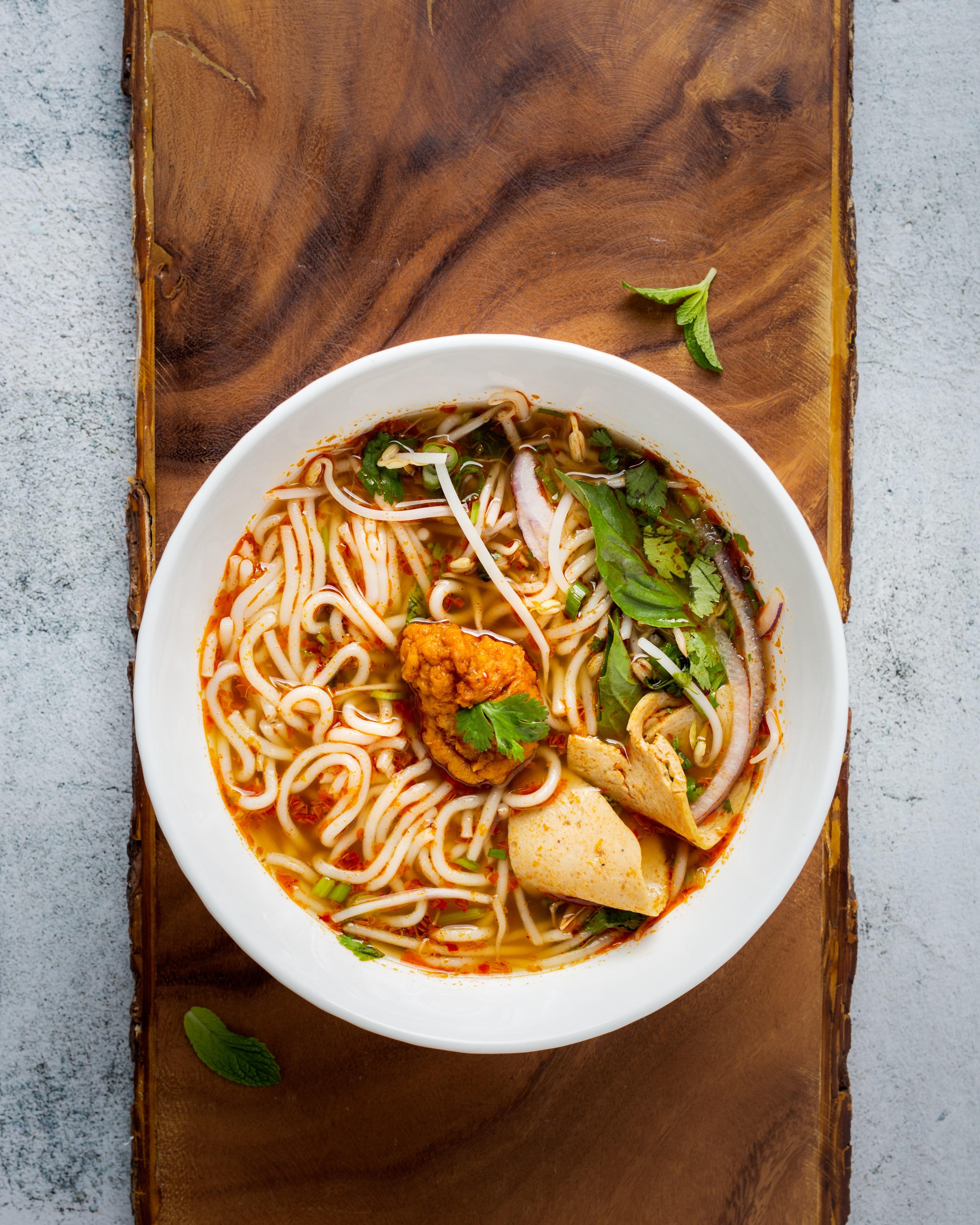Nutritional Yeast Substitutes That You Might Already Have in Your Pantry
Published Oct. 6 2021, 10:51 a.m. ET

Not everyone understands the value or appeal of nutritional yeast, but for many vegans, it is an absolute staple. It provides added, cheese-like flavor to many soups, sauces, dishes, and snacks, and is one of the only foods that can replicate the cheesy flavors and textures that vegans might be missing since switching to the lifestyle.
Unfortunately, those with a yeast intolerance or allergy — or someone who doesn't have nutritional yeast in their pantry — might have to search for nutritional yeast substitutes. Don’t worry, we’ve got you covered!
What are different types of nutritional yeast?
According to Healthline, nutritional yeast, otherwise known as "nooch" or Saccharomyces cerevisiae, is a specific species that is typically grown by allowing the yeast to bloom on a sugary substance such as molasses. Once the yeast is separated, washed, dried, and made into a powder, the resultant product can be used for a number of different uses.
There are generally two types of nutritional yeast: fortified, which includes synthetic vitamins and minerals, and unfortified, which is nutritional yeast in its unadulterated form. Yet, even the unfortified version contains complex proteins, B vitamins, and trace mineral amounts of selenium, manganese, and zinc. These added nutritional benefits and the unique flavors that nutritional yeast adds to food, are why many vegans utilize it in their cooking.
Yeast extracts like Vegemite and Marmite are delicious, though not yeast-free alternatives.

Other types of nutritional yeast extracts include popular commercial products such as Vegemite and Marmite, which are favorite snack spreads in Australia and Great Britain, respectively. These extracts are thick, dark, gooey pastes rather than powder and are rich in vitamins such as B-complex and iron. According to Food 52, Vegemite is the souped-up version, containing additives such as celery, onion, and various spices to enhance its unique flavor profile.
Nutritional yeast can be substituted white miso paste.

Vegemite, Marmite, and brewer’s yeast are no-nos for those who suffer from gluten allergies, gluten intolerance, or coeliac disease, as is any product derived from wheat and barley (though Vegemite does make a gluten-free version). White miso paste is typically gluten-free as it is made from fermented soy (or, if you have a soy allergy, you can get miso paste made from other foods, such as chickpeas).
According to the Wholesome Cook Book, white miso paste contains the same fermented goodness as dill pickles, kimchi, and sauerkraut. Fermented foods contain microbes and probiotics that are beneficial to gut flora. They aid in the digestive process by introducing good bacteria to the intestines, while adding copious amounts of vitamin B-12, copper, manganese, and free radical fighting antioxidants.
Soy sauce could be used to substitute some nutritional yeast flavors.

The cheesy flavor of nutritional yeast is hard to replace, as is its nutritional value, but soy sauce does provide some qualities that other substitutes might lack. According to Mashed, soy sauce adds that subtle, umami quality, usually attributed to nutritional yeast and yeast extracts. Despite its high sodium content, soy sauce makes for a delicious addition to many, many dishes.
Soy sauce is versatile, readily available, and can be found in gluten-free varieties, often called tamari. Be sure to read the label to make sure the tamari is gluten-free, however. According to The Kitchn, some brands of tamari contain small amounts of wheat.
In terms of substitutional ratios, Mashed suggests using about half the amount of soy sauce you might use for nooch. Soy sauce has a much stronger flavor overall and can turn a dish from good to bad with a slight overpour. It also tends to work better in liquid-based recipes, like soups, stews, sauces, and of course, stir fried foods.
Cashews are a nutty substitute for nutritional yeast.

According to Health My Lifestyle, ground cashews can be used to create a nutty, nutritious powder that works almost as well as nutritional yeast as a replacement for cheese. You can blend them into a vegan cheese sauce or sprinkle them on pasta like a parmesan. According to Nutrition Data, cashews have high amounts of potassium, iron, vitamin K, and 5 grams of protein, which is great for vegans looking to supplement the protein in their diets.
Brewer’s yeast can serve as an alternative to nutritional yeast.

Though it’s difficult to find nutritional yeast alternatives that offer the same unique flavor and nutrition as the original, reasonable options do exist. Brewer’s yeast, while generally used in the beer industry, has uses beyond the brewery. In terms of beer, brewer's yeast is left to feast upon the wheat and barley, where it gleefully feeds on sugar, creating the carbon dioxide and alcohol that are essential to the beer-making process.
According to Spiceography, once it has done its job, the brewer’s yeast is removed, dehydrated, and deactivated so that it can be sold as flakes or powder. Spiceography recommends using 2 tablespoons of brewer’s yeast for every 1 tablespoon of nutritional yeast you would normally use.
Like nooch, brewer’s yeast is a good source of protein, amino acids, and trace minerals, but it doesn’t have nearly as many, and its flavor is milder, with a hint of a beery aftertaste. You are what you eat, after all. If this isn’t a flavor you enjoy, be careful about how much yeast you add to your usual recipes and for goodness sake, taste it first!